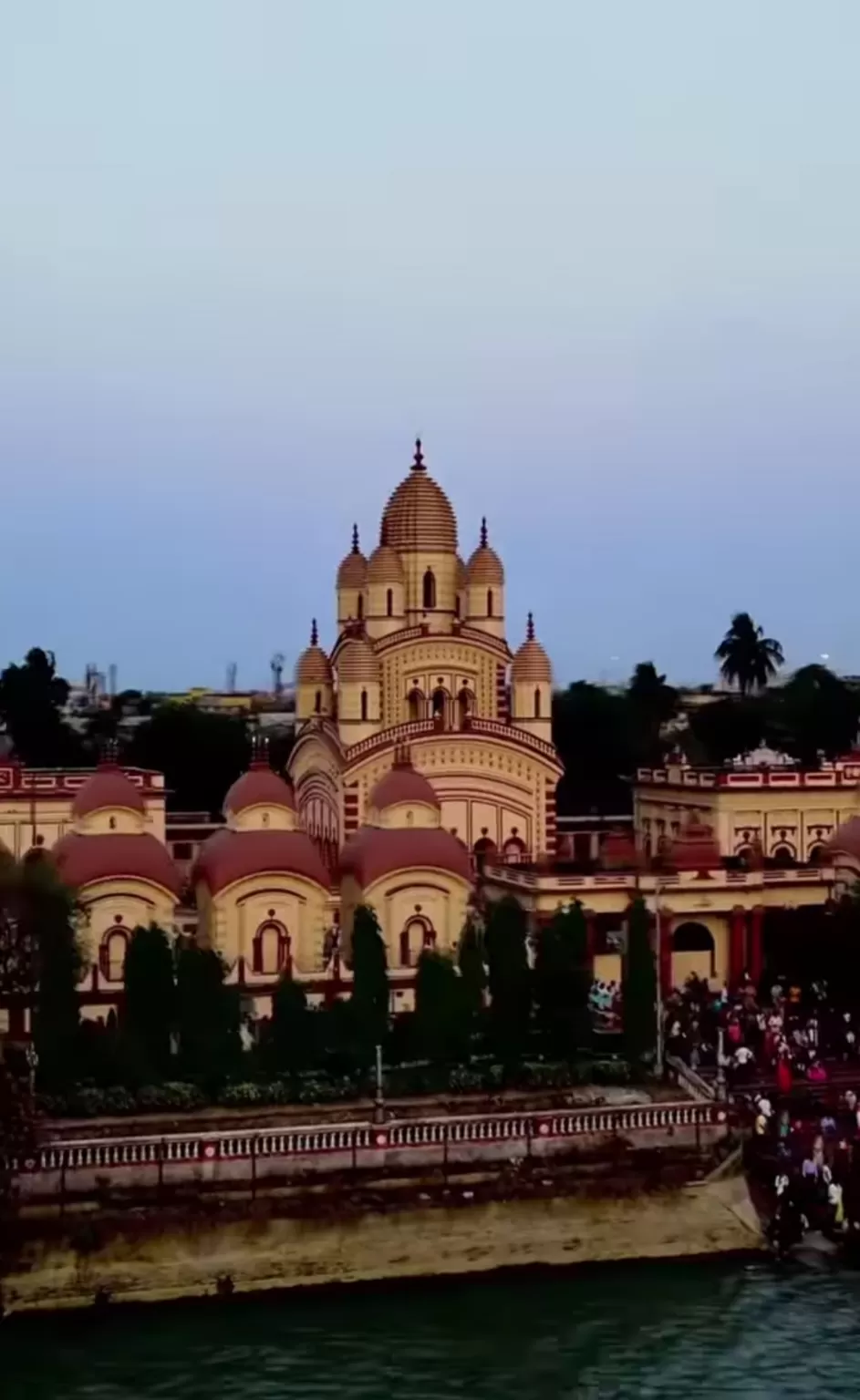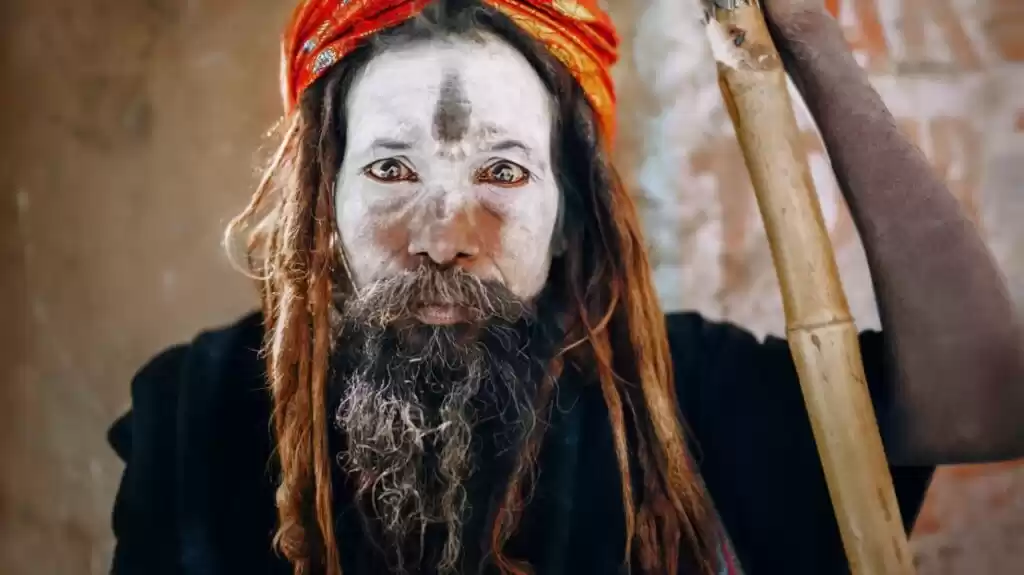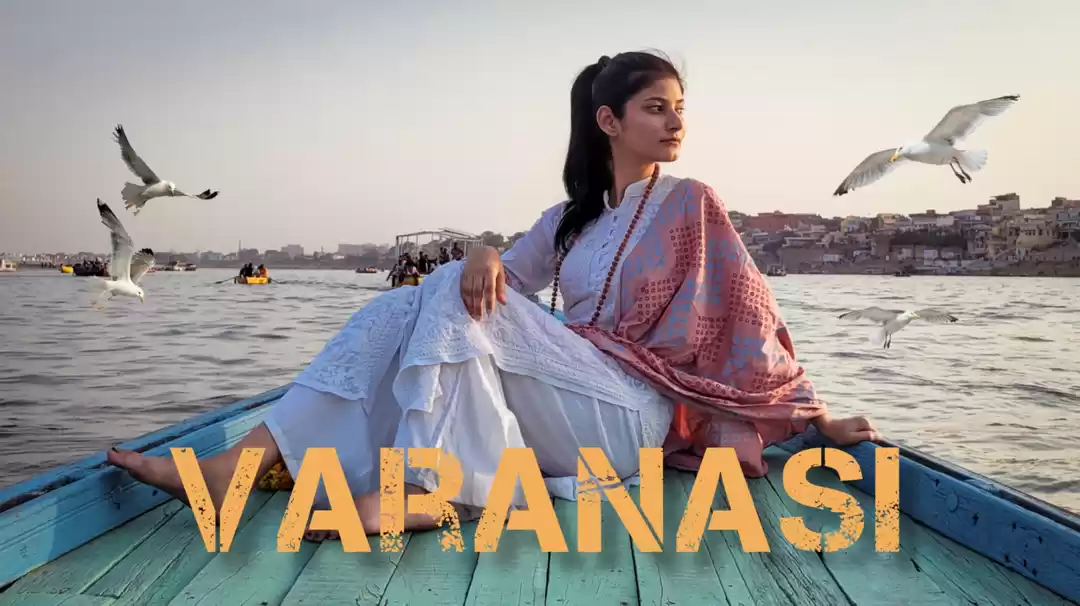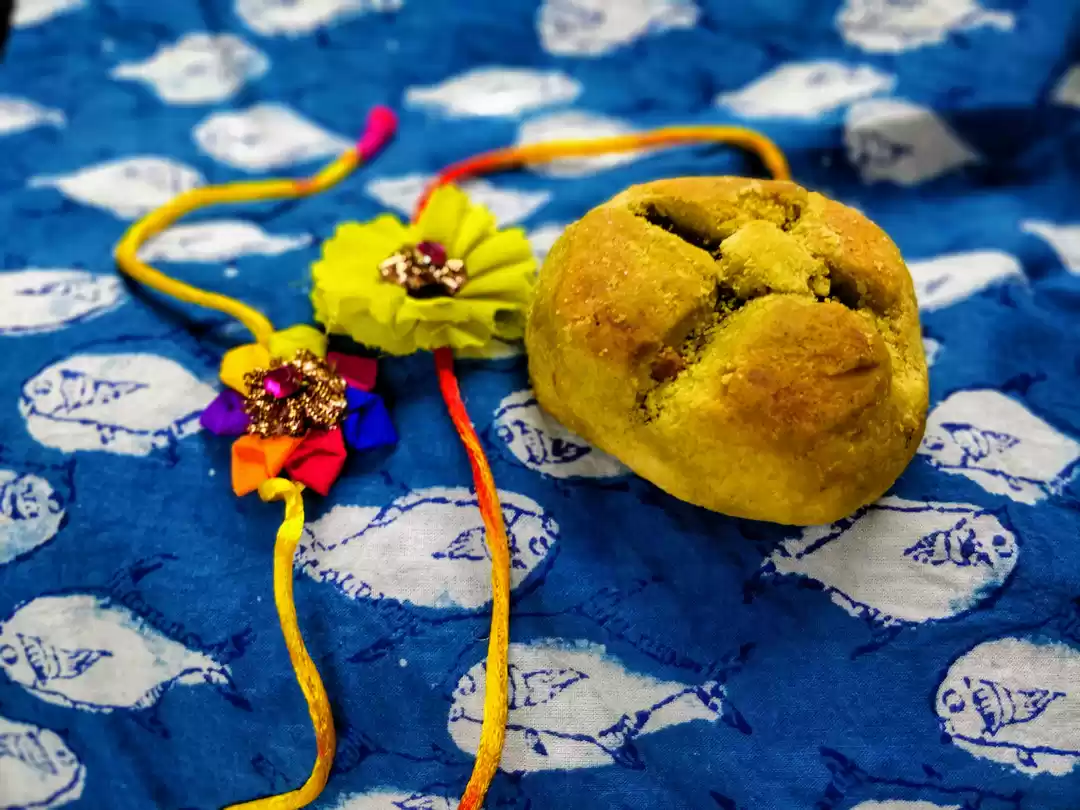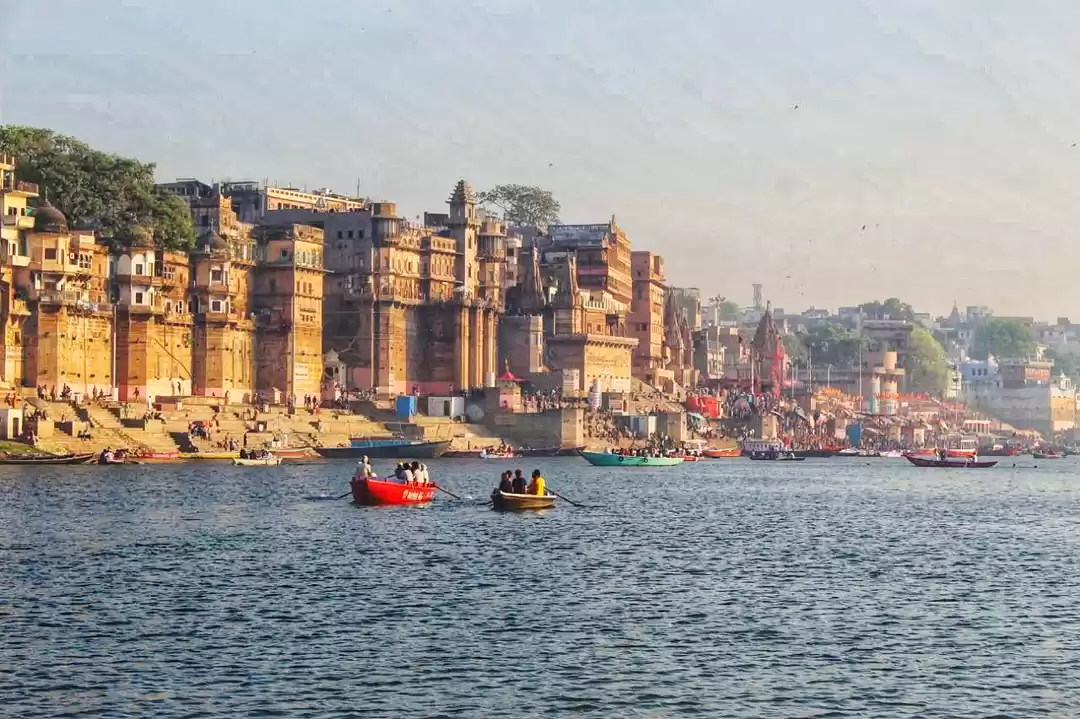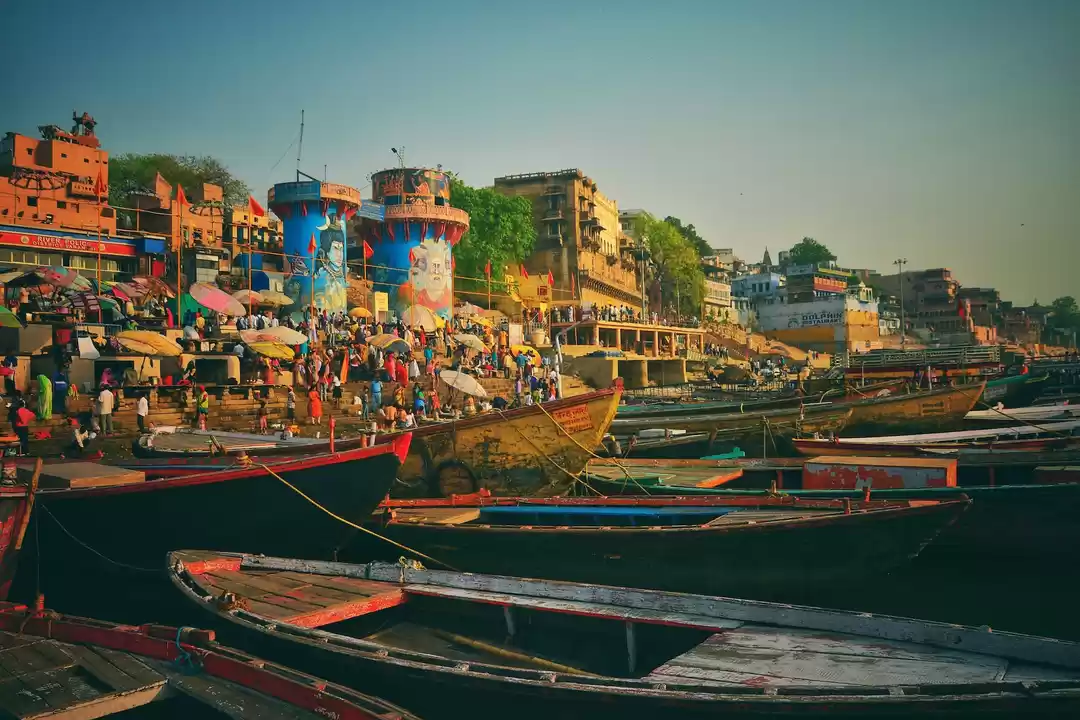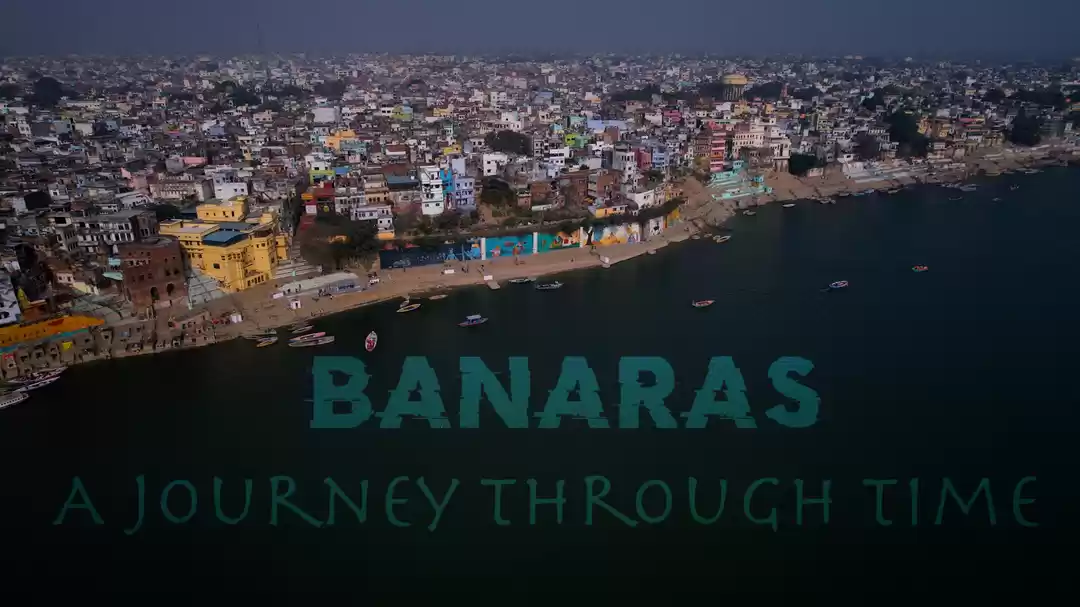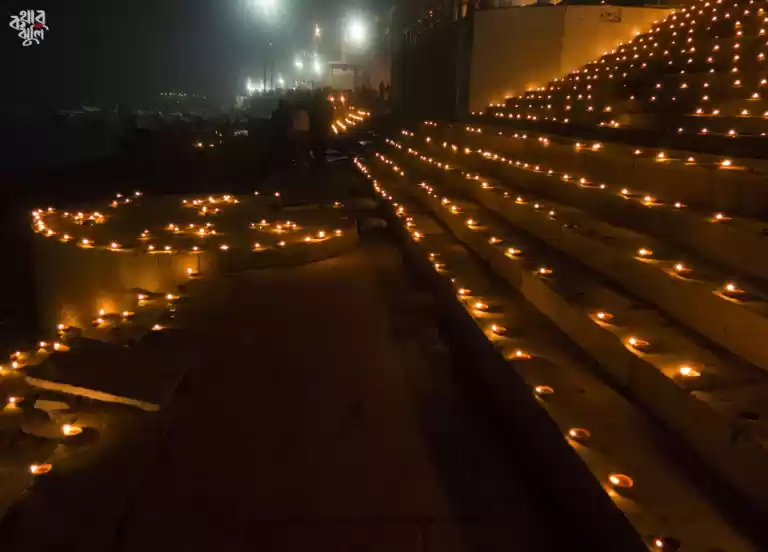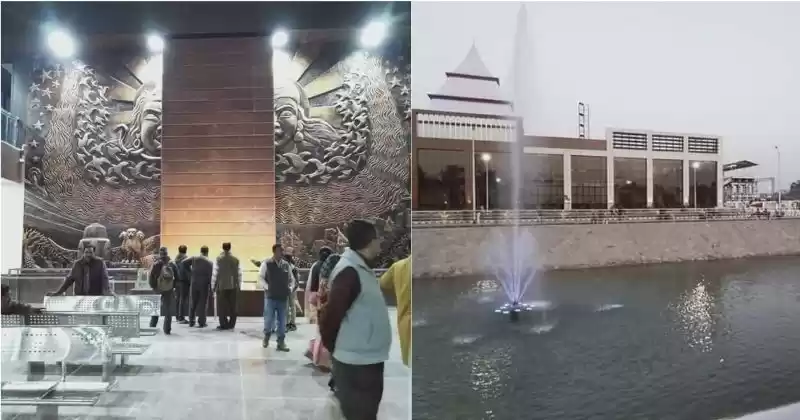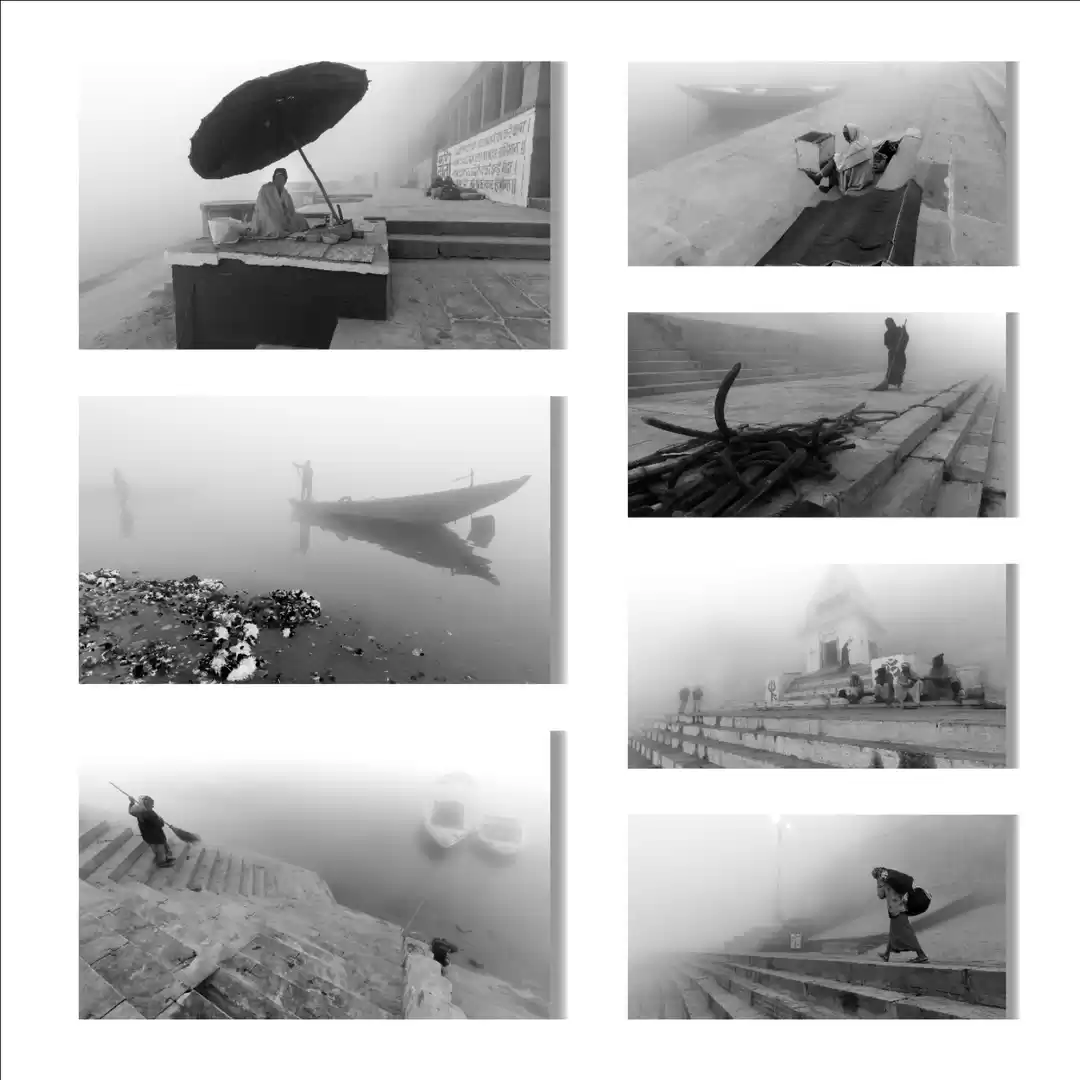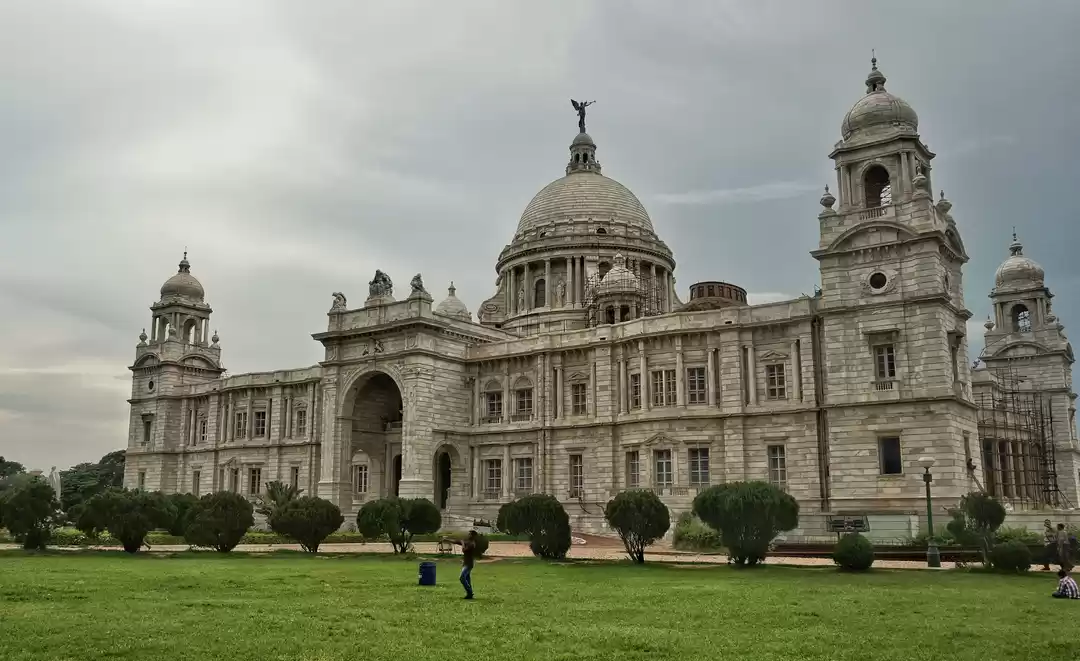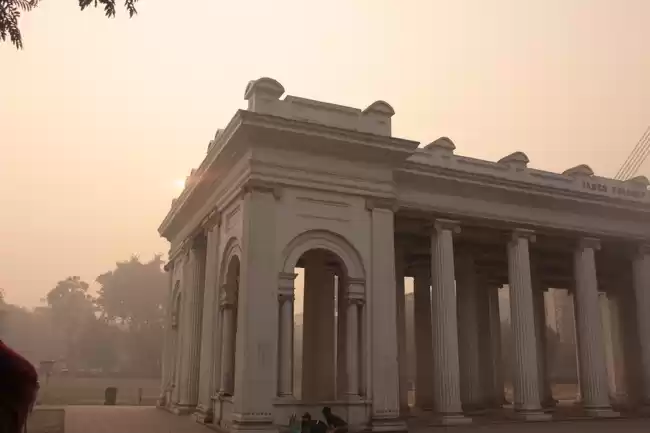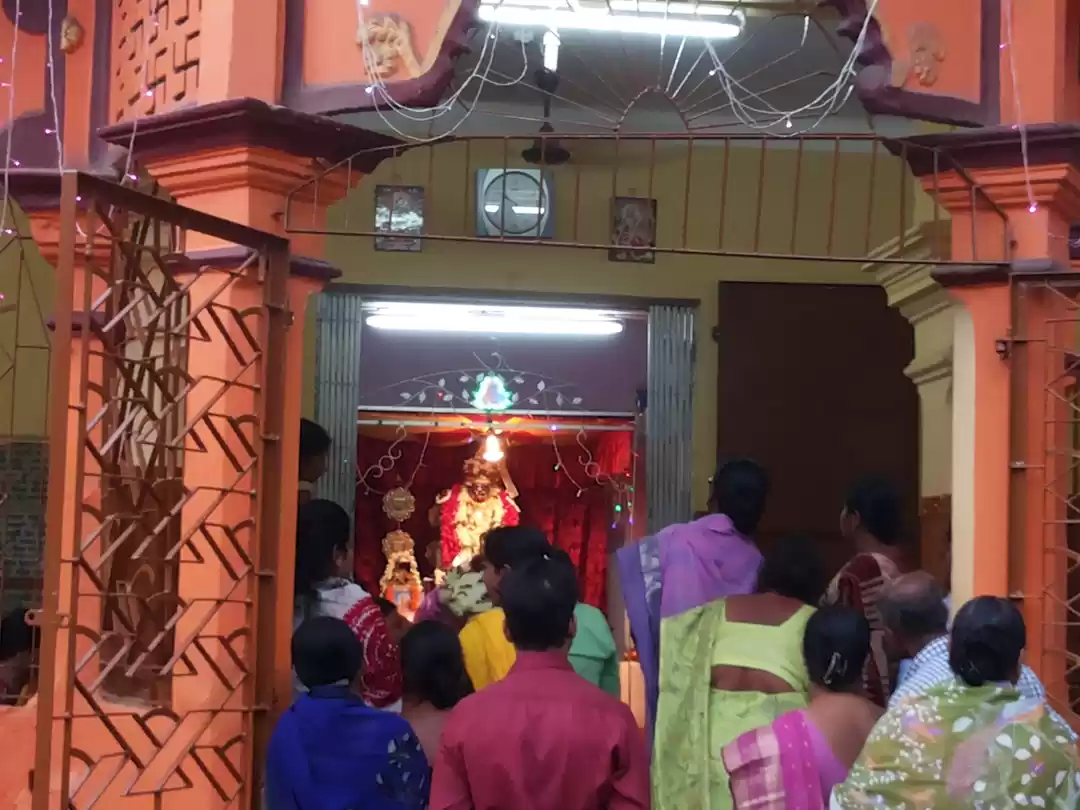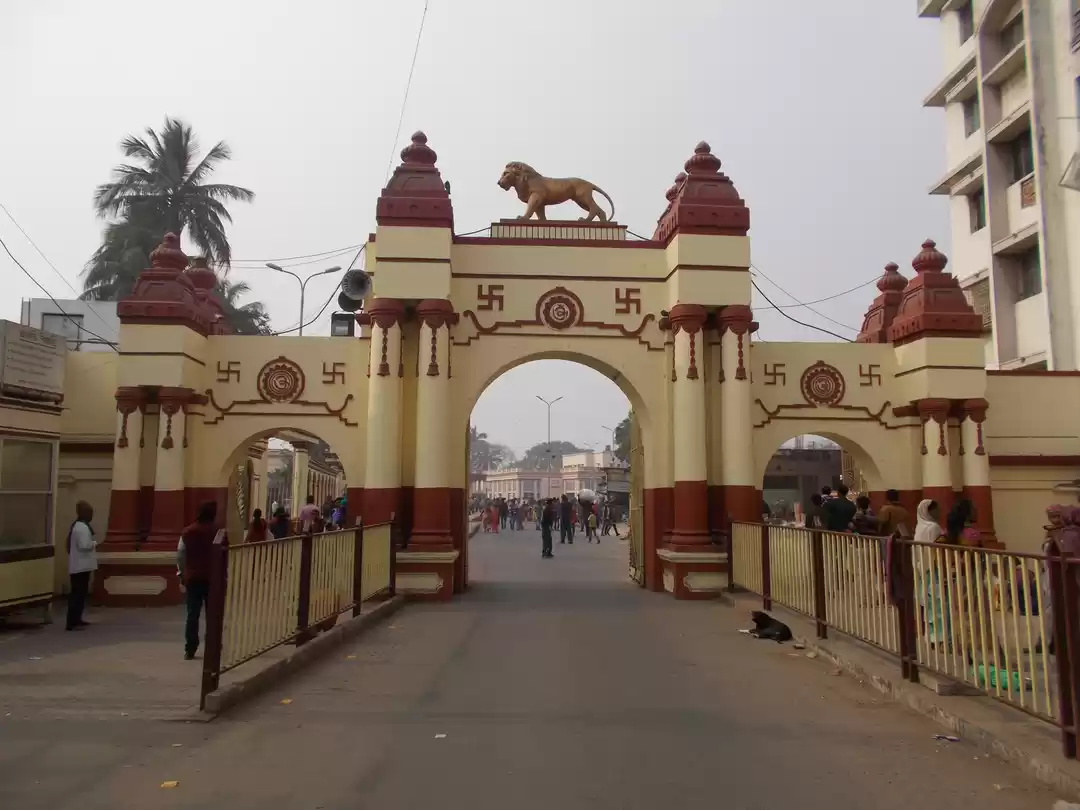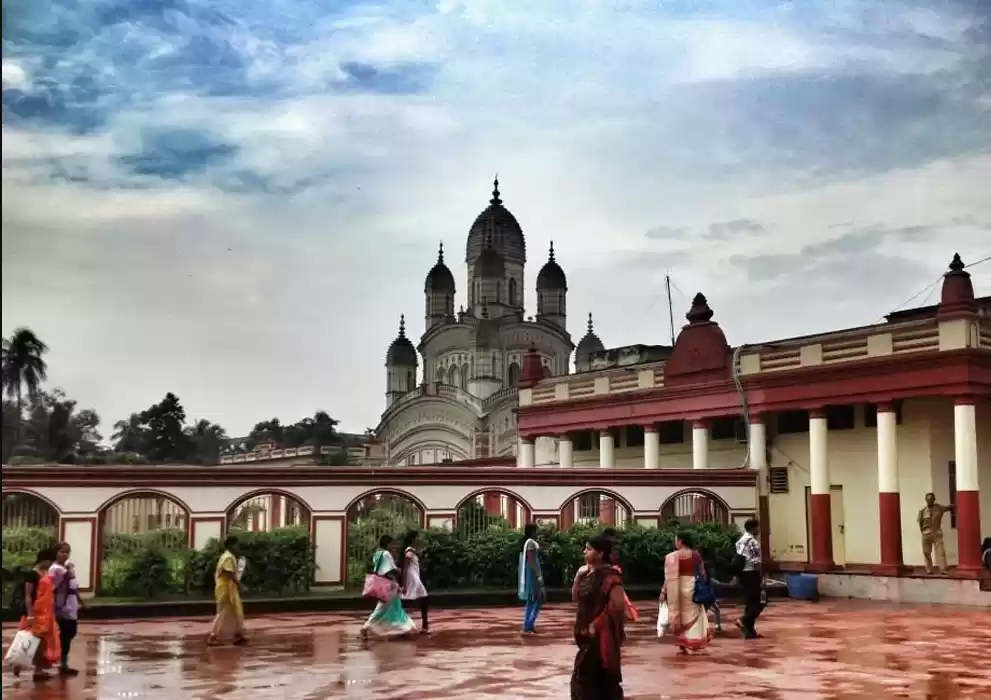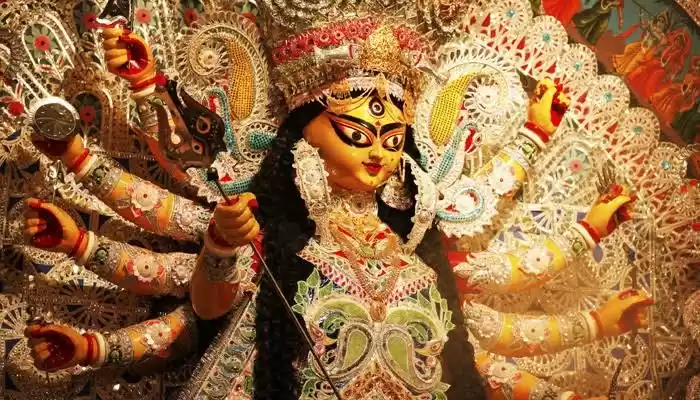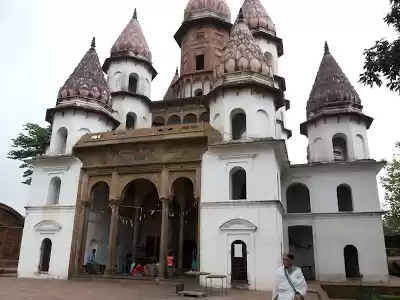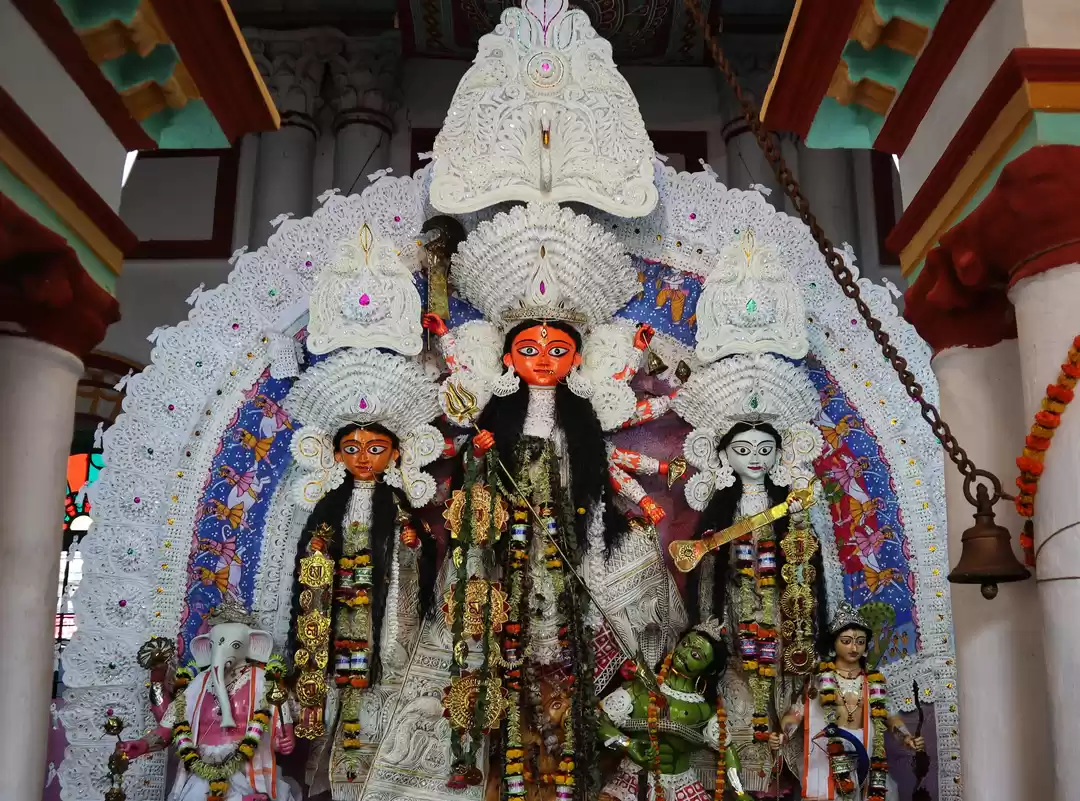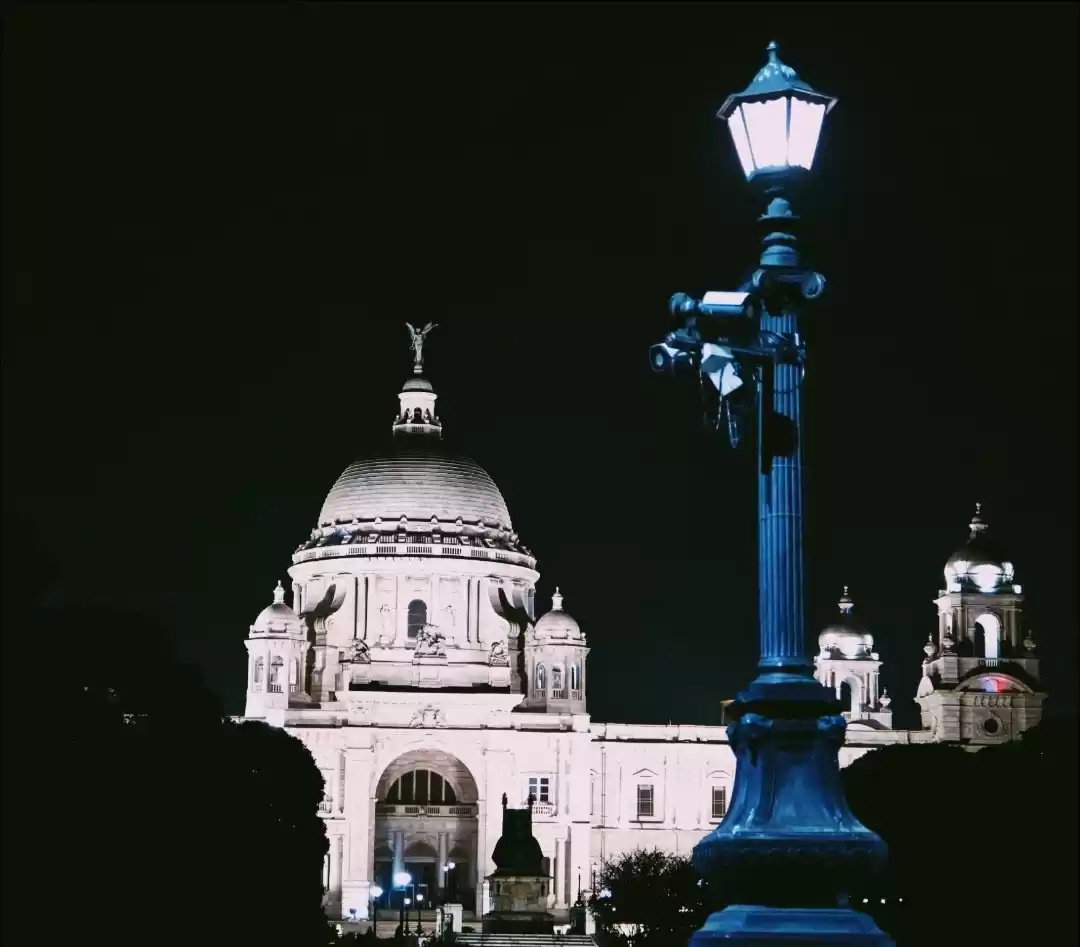
The Temple complex on the bank of river Hooghly, West Bengal.
Type
Bengal architecture
Style
Navaratna
Founder
Rani Rashmoni
Completed
31 May 1855; 166 years ago
Temple(s)
12 Shiva temples, 1 temple of Radhakrishna and 1 Main Temple of Goddess Kali
HISTORY :
The Dakshineswar Kali Temple was founded around the middle of the 19th century by Rani Rashmoni.Rani Rashmoni was a Mahishya by caste[8] and was well known for her philanthropic activities. In the year 1847, Rashmoni prepared to go upon a long pilgrimage to the sacred Hindu city of Kashi to express her devotions to the Divine Mother. Rani was to travel in twenty-four boats, carrying relatives, servants, and supplies. According to traditional accounts, the night before the pilgrimage began, Rashmoni had a vision of the Divine Mother goddess Kali in a dream and reportedly said,
There is no need to go to Banaras. Install my statue in a beautiful temple on the banks of the Ganges river and arrange for my worship there. Then I shall manifest myself in the image and accept worship at that place.
Profoundly affected by the dream, Rani immediately looked for and purchased a 30,000-acre plot in the village of Dakhineswar. The large temple complex was built between 1847 and 1855. The 20-acre (81,000 m2) plot was bought from an Englishman, Jake Hastie, and was then popularly known as Saheban Bagicha.Partly old Muslim burial ground shaped like a tortoise, considered befitting for the worship of Shakti according to Tantra traditions, it took eight years and nine hundred thousand rupees to complete the construction. The idol of Goddess Kali was installed on the Snana Yatra day on 31 May 1855 amid festivities at the temple formerly known as Sri Sri Jagadishwari Kali, with Ramkumar Chhattopadhyay as the head priest. Soon his younger brother Gadai or Gadadhar (later known as Ramakrishna) moved in and so did his nephew Hriday to assist him. On 31 May 1855 more than 1 lakh (one hundred thousand) Brahmins were invited from different parts of the country to grace the auspicious occasion. The next year, Ramkumar Chattopadhyay died, and the position was given to Ramakrishna along with his wife Sarada Devi, who stayed in the south side of the Nahabat (music room) in a small room on the ground floor, which is now a shrine dedicated to her. Ramakrishnana was responsible for bringing much in the way of both fame and pilgrims to the temple.
Rani Rashmoni lived for only five years and nine months after the inauguration of the temple. She fell seriously ill in 1861. Realizing that her death was near, she decided to hand over the property she had purchased in Dinajpur (now in Bangladesh) as a legacy for the maintenance of the temple to the temple trust. She accomplished her task on 18 February 1861 and died on the next day.After her death, her sons-in-law took to celebrating Durga Puja in their respective premises.

